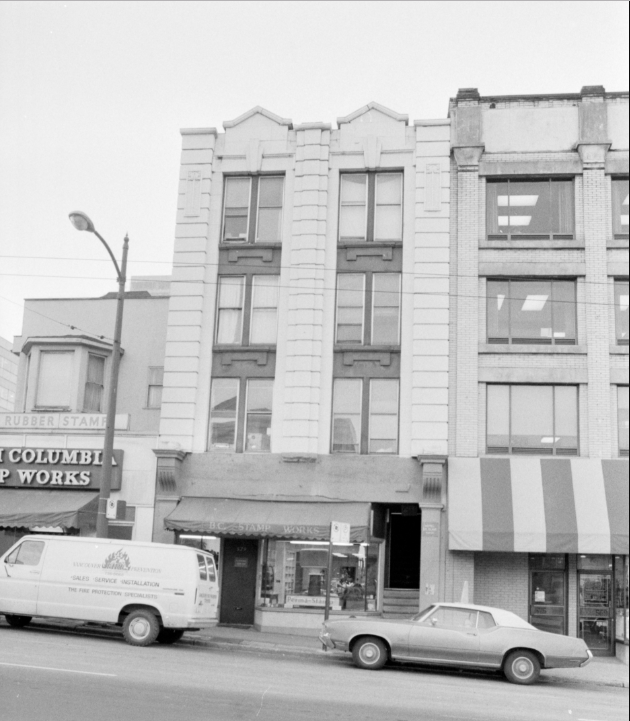
A little while ago I was having lunch with Tom Carter and Maurice Guibord at the newly renovated Railway Club. Afterwards, we were walking along Richards Street and Tom gave us a tour of the St. Clair Hotel-Hostel.
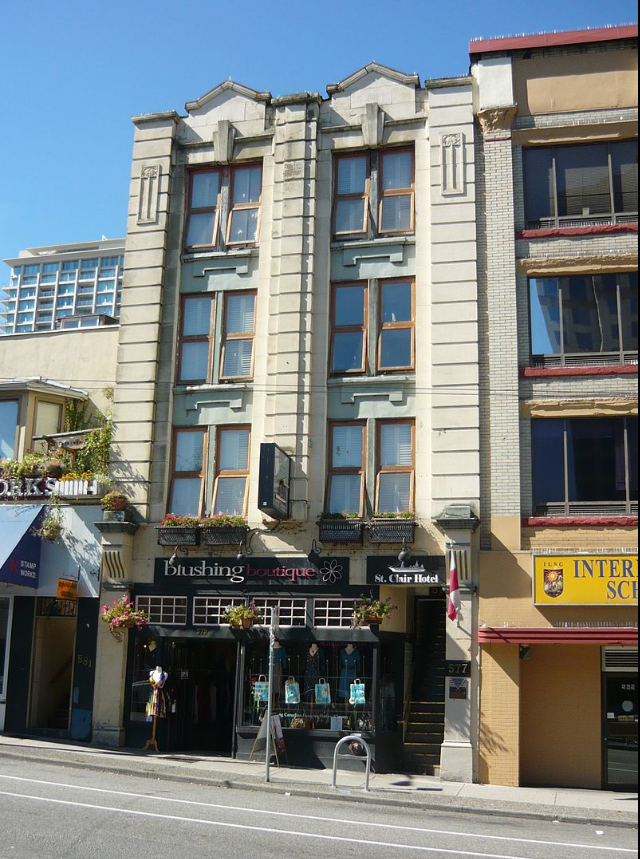 The Blushing Boutique is on the ground floor and a set of very steep stairs takes you up to the Hostel. The whole interior is designed in a nautical theme, which I guess isn’t surprising since it was designed by architect Samuel Birds for Captain Henry Pybus.
The Blushing Boutique is on the ground floor and a set of very steep stairs takes you up to the Hostel. The whole interior is designed in a nautical theme, which I guess isn’t surprising since it was designed by architect Samuel Birds for Captain Henry Pybus.
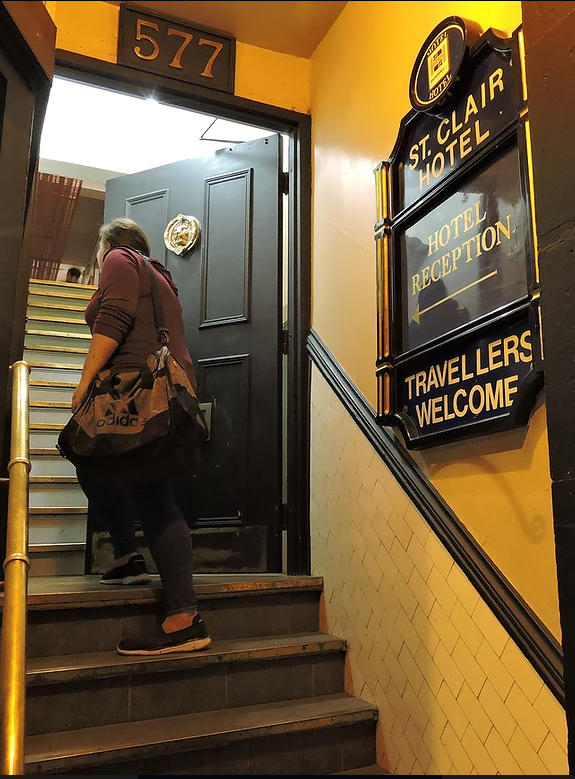
The four-storey brick building at 577 Richards Street was finished in 1911 and initially known as the Dunsmuir Rooms until 1930 when it became the St Clair Rooms. It sits next door to BC Stamp Works, which was built in 1895 as a boarding house.
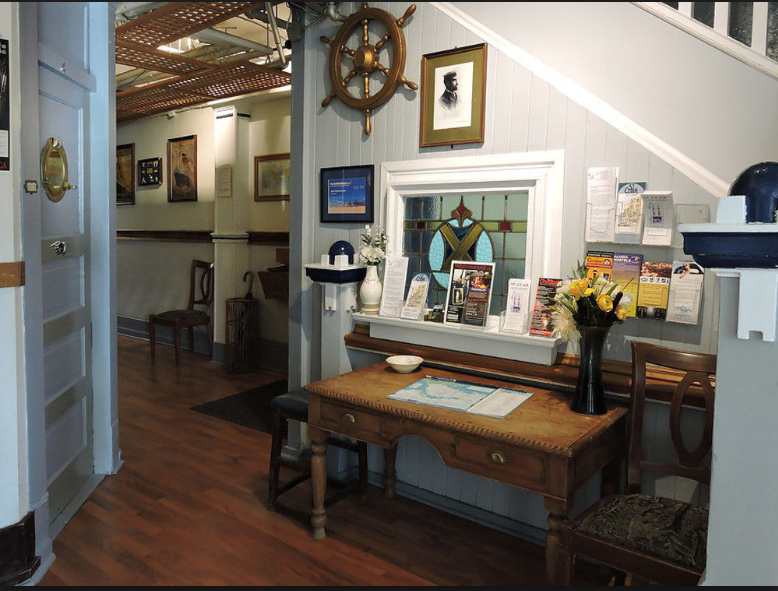
When Pybus was building his commercial block, it looks like the owner at BC Stamp Works (583 Richards) took the opportunity to have the first floor lifted so a retail store or offices could be added—one of Vancouver’s few remaining buried houses.
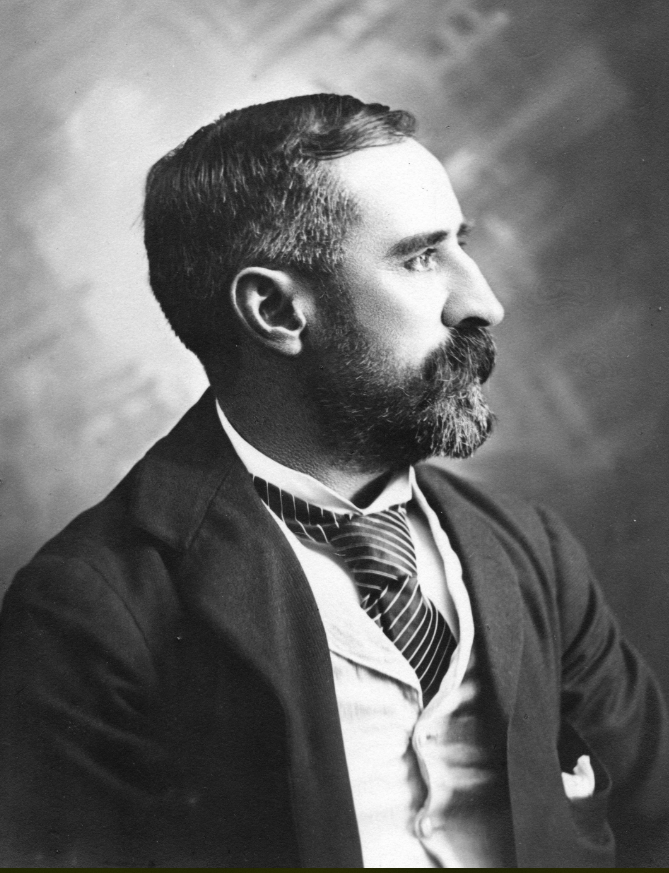
Pybus captained the Empress of China, and later and the Empress of Japan—a white clipper-ship, which with Pybus at the helm, held the record for crossing the Pacific for over 20 years. Pybus retired in 1911 at age 60. The Empress of Japan was decommissioned in 1922 and left to rot in Vancouver Harbour. Fortunately, the editor of the Province heard she was to be scrapped and had his staff rescue her dragon figurehead, donated it to the city, and it sat in Stanley Park until 1960 when it was replaced with a fiberglass replica. (The original was restored and remains with the Vancouver Maritime Museum).
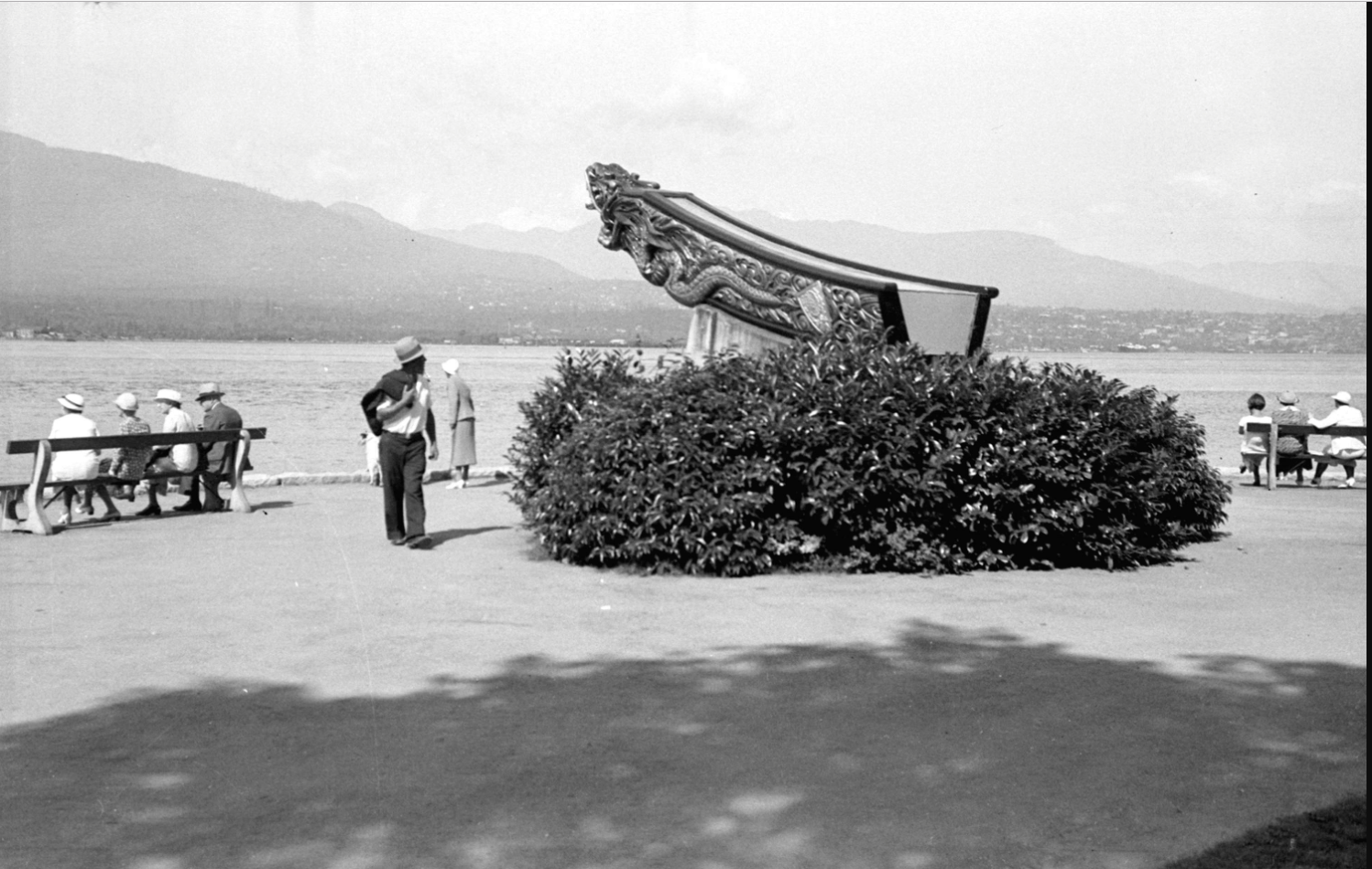
According to Michael Kluckner’s Vanishing Vancouver, the South African born Pybus, fancied himself as a speculator and owned a bunch of property around the city—including a pre-fab Model J BC Mills house that sat at East 1st and Lonsdale from 1908 until 1995 when it was moved—and remains at—Lynn Headwaters Regional Park.
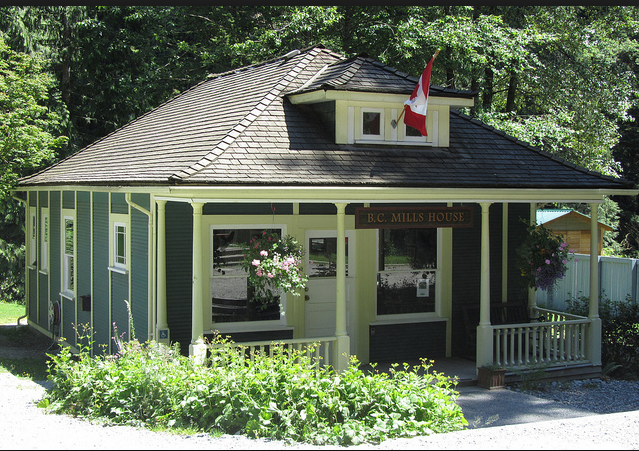
Pybus lost most of his properties in the land crash of 1913/14. He spent the rest of his long life in the West End and died in 1938. Fifty years later, his grandson, Henry Pybus Bell-Irving became the 23rd Lieutenant Governor of BC
What’s surprising, is how little change there has been on the Richards Street block. The retail space below the St. Clair started as a storefront for the United Typewriter Company, became the Vancouver Auction Rooms in the ‘20s, and by 1930 was the headquarters for Pluto Office Furniture. BC Stamp Works, the St. Clair and the office furniture business were still co-existing 25 years later, and not much has changed in the years since.
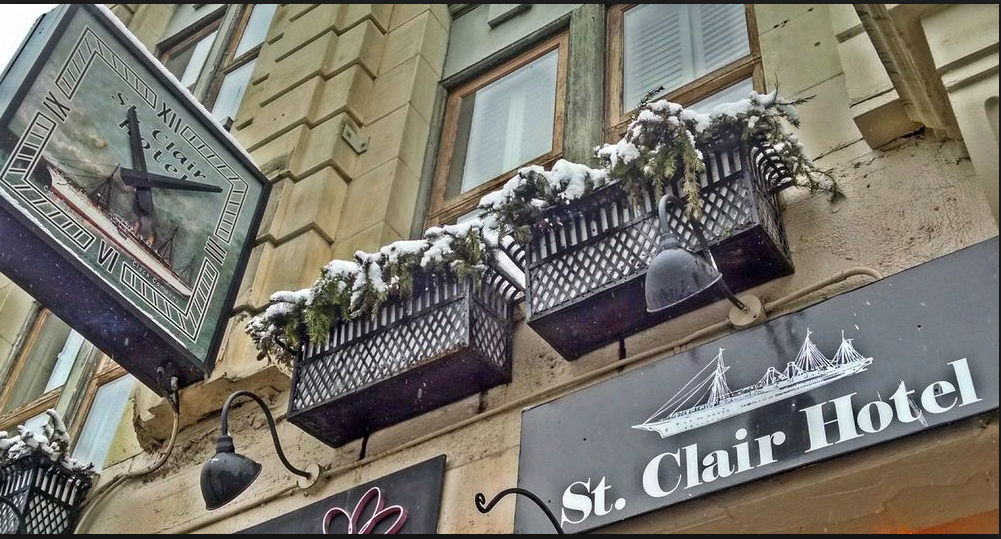
Top photo: The St. Clair Hotel and BC Stamp Works on the 500-block Richards Street in 1985. Courtesy CVA 790-1797
© All rights reserved. Unless otherwise indicated, all blog content copyright Eve Lazarus.



11 comments on “Captain Pybus and Vancouver’s St. Clair Hotel”
I often passed these buildings and had no idea what was up there or its history.
I love Richards street. I have to confess, I do miss Richards on Richards. To me it was one of those iconic clubs, akin to Luv A fair (sp). Ah well, I am happy to see many buildings have retained their bones.
Great pictures, I love walking down Richards street. (For that matter, I love wandering around the West End.) I have to confess that I do miss Richards on Richards, as it was one of those ol’ faithful clubs in the same category as Luv A Fair, and Roxy’s. Good to see many of the buildings have retained their original bones.
Hi Eve,
Just a note that I appreciate your wonderful interest in our history and bringing them to the forefront so they won’t be forgotten. Keep up with the good work!
Larry
Thanks so much Larry!
His daughter, Mary, known as “Pye,” was a good example of the early social circle of Vancouver: Crofton House, friendships with other children of the Elite, and marriage into the Bell-Irving clan.
I actually new the grandson. His wife Vera is still alive 102 lovely lady still singing.
Fabulous!
Back in the 1960s Richmond, my cubmaster was named Pybus. I only knew him as “Mr. Pybus” or “Akela” but, at least in my memory, he resembled the original Captain Henry Pybus you profiled. The cub troop I joined was affiliated with the St. Alban’s Anglican Church on St. Alban’s Road.
My enduring memory of “Mr. Pybus” was the fundraising schemes he devised for the pack. For several months we were urged to have our parents set aside used cooking fat. Obviously, in the days before formal recycling, there was a market (candles???) for processing the drippings of steaks, chicken, bacon, fish etc.
In any event, my best friend Brent and I were both away for a couple of weeks due to illness. We returned, dutifully carrying our latest Sun Rype metal juice containers full of congealed fat. Mr. Pybus looked at us askance and intoned: “Oh, sorry boys, but we’re not collecting old kitchen fat no more. No. No. No. Now we’re collecting used pocket books.”
It’s an anecdote I would come to often recall as life provided no shortage of unexpected surprises.
Back to your topic: The bright owner of B.C. Stamp Works– with the “buried houses” concept of including potential retail space with a residential development–was clearly ahead of his or her time. For the past couple of decades, or longer, it’s been quite de rigeur to plunk two or three storeys of condos atop one or more storefront enterprises underneath.
[…] along the 500 block of Richards were on the block in 1931, although not visible in these photos: St. Clair Rooms (577 Richards; today, a hostel) and B.C. Stamp Ltd. (581 […]
[…] owner, Captain Henry Pybus went broke along with a lot of other land speculators in the 1913/1914 land crash. A hunt through […]